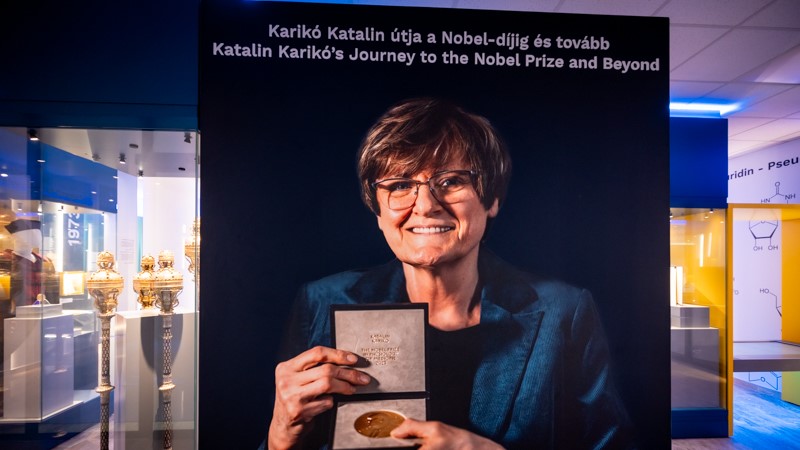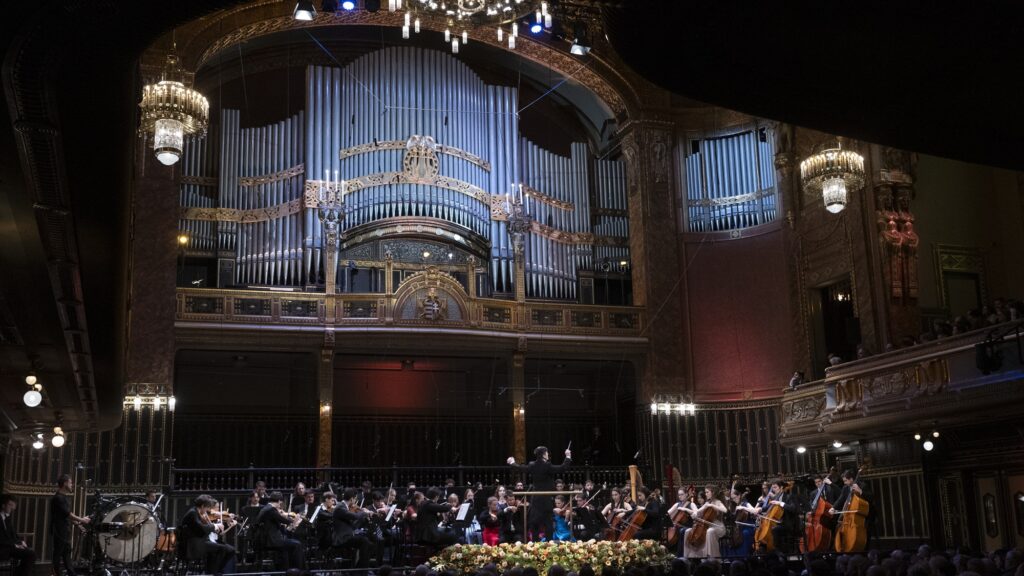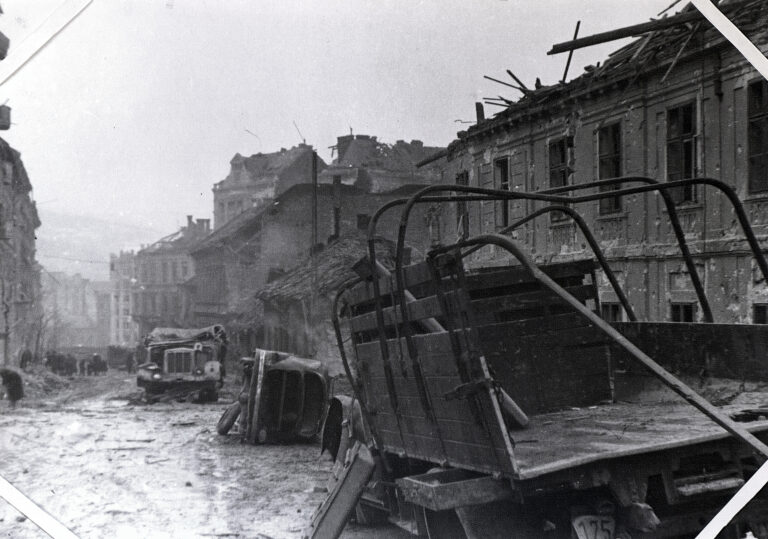This article was first published in Hungarian on the website of our sister publication Magyar Krónika.
On 7 September, a large-scale interactive exhibition was opened at the Study and Information Centre of the University of Szeged (SZTE), which presents the lives and achievements of Nobel laureates Albert Szent-Györgyi and Katalin Karikó. The exhibition also focuses on the rich history of the university, tracing its origins back to the Kolozsvár (today Cluj-Napoca, Transylvania) Catholic University founded in 1581, with special emphasis on its relocation to Szeged in 1921.
At the exhibition’s opening Chairman of the board of trustees of the Foundation for the University of Szeged Gábor Szabó praised the scientific significance of Katalin Karikó and emphasized that her work is unique among Nobel laureates.
He expressed his belief that Karikó’s discovery of mRNA technology will become part of secondary school curricula in the future, and that the results of her research will benefit humanity, much like the work of Louis Pasteur. A dedicated section of the exhibition is devoted to Albert Szent-Györgyi, who won the Nobel Prize in 1937 for his discovery of Vitamin C. Visitors can view a replica of his Nobel Prize, as well as his dean’s gown. Those interested can also learn about his work through an interactive web course.
The largest part of the exhibition is dedicated to the life of Katalin Karikó, offering a detailed account of her scientific career. The exhibition displays memorabilia from Karikó’s childhood, her achievements in academic competitions, and the key milestones of her university years. Twenty of her more than one hundred scientific honours are on display, and her scientific work is presented in a virtual exhibition available in four languages. Short films in Hungarian and English about her research on mRNA technology are also part of the exhibition.
Katalin Karikó, the 2023 Nobel laureate in Physiology or Medicine, announced during her visit to Szeged that she would donate a replica of her Nobel Prize to SZTE and establish the JATE Prize (its name refers to József Attila University, the former name of the University of Szeged) with the monetary award she had received to support young scientists. Thousands of visitors have already viewed the exhibition on her life since it opened in April.
The exhibition not only showcases the achievements of the Nobel laureates but also aims to inspire young people to pursue careers in science. An interactive game designed specifically for secondary school students to promote scientific thinking is also part of the exhibition.
Related articles:







